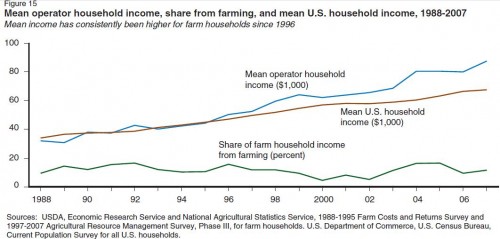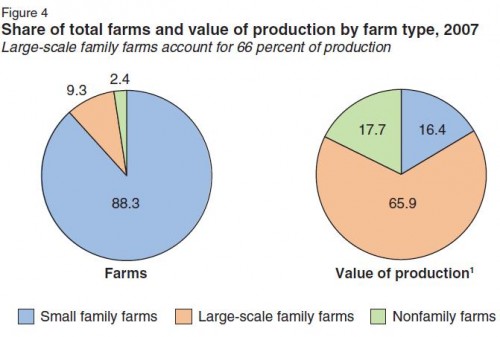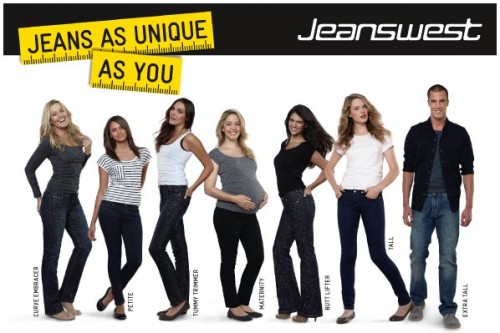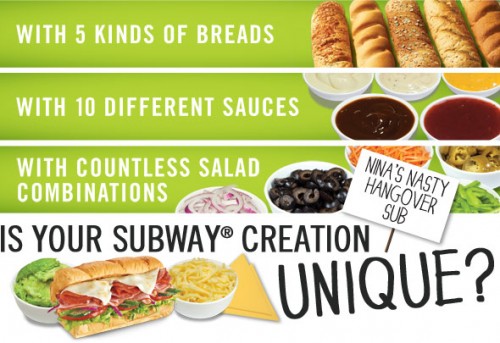Societies are permeated with visual images. This means that images dominate our lives. However, no other images confront us so frequently as advertising images. They belong to the moment. We see them as we turn a magazine page, as we drive past a billboard, and as we visit a website. However fleeting, they are powerful agents of socialization.
Sociologist Erving Goffman described and exhibited subtle features of gender displays in his book Gender Advertisements. One significant feature that he noted was the ritualization of subordination in which women are portrayed in clowning and costume-like characters. This still rears its ugly head in today’s advertisements.
According to Goffman, “the use of entire body as a playful gesticulative device, a sort of body clowning” is commonly used in advertisements to indicate lack of seriousness struck by a childlike pose (p. 50).
Images reproduced in Gender Advertisements (Goffman, 1979, p.50)
Advertisement found in a file-hosting web site:
The clownish poses represent in these images clearly remind us some photos of female hysterics taken by Jean Martin Charcot (1825-1893) who was not only a neurologist but also an artist.
Charcot was the inventor/discoverer of the female psychic affliction of “hysteria” at the Salpêtrière asylum in Paris that confined four thousand incurable or mad women. For delving into the nature of hysteria, Charcot armed himself with photography. He extensively photographed the different stages and forms of hysteria and calibrated them into a general type called “the great hysterical attack.” Charcot believed that this attack proceeds in four phases, the second of which is called clownism or so-called illogical movements.
Image taken by Charcot and reproduced in Invention of Hysteria (Didi-Huberman, 2003, p.147)
Charcot used the clowning to delegitimate so-called hysterical women, and Goffman saw such representations for what they are, a way to portray women as inferior, emotionally childlike, unserious. Over 100 years later, images of clowning women are still used to reinforce gender discrimination and position females as inferior.
References:
Didi-Huberman, G. (2003). Invention of Hysteria: Charcot and the Photographic Iconography of the Salpêtrière, translated by Alisa Hartz. Cambridge, Mass: MIT Press.
Goffman, E. (1979). Gender advertisements. Cambridge, MA: Harvard University Press.
———————-
Zahra Kordjazi earned her M.A. in Teaching English as a Foreign Language, with a special interest in social semiotics, gender, visual literacy, and sociolinguistics. This post is based on her thesis, Images Matter: Gender Positioning in Contemporary English-Learning Software Applications, a semiological content analysis of gender positioning.
If you would like to write a post for Sociological Images, please see our Guidelines for Guest Bloggers.



















